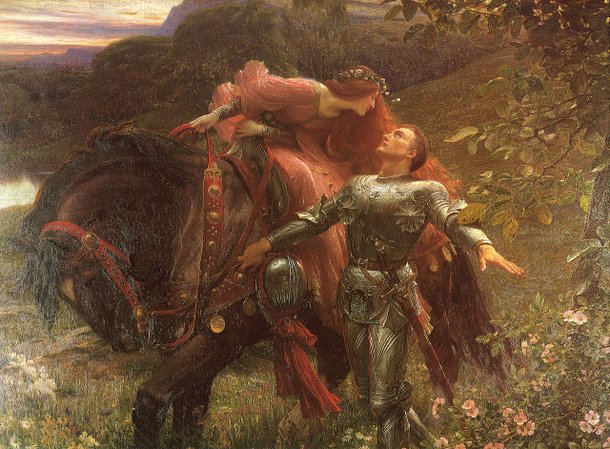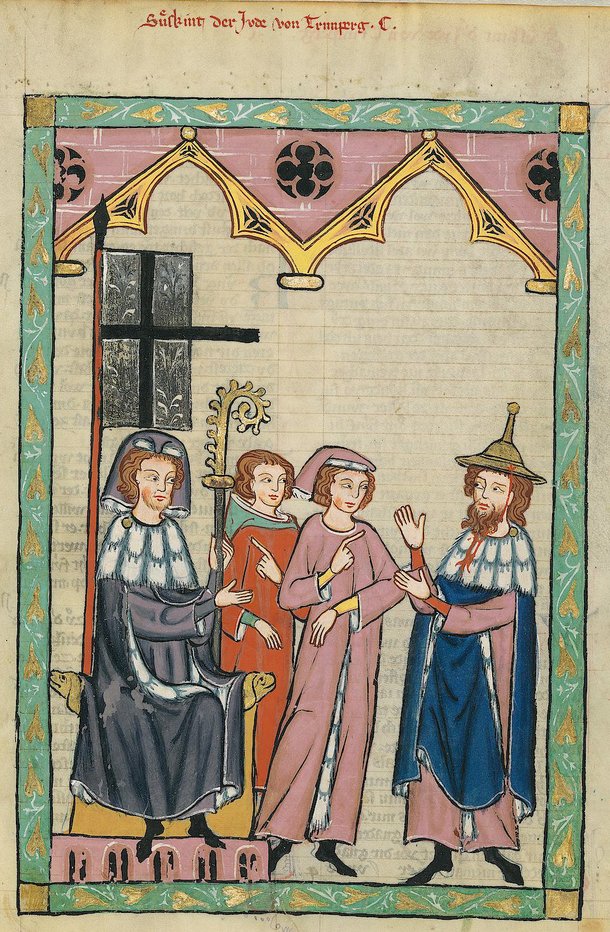Tudo considerado “diferente” já foi perseguido ao longo da História. Seja pelo tom de pele, forma física, religião ou até mesmo a cor dos cabelos.
Em um dos períodos mais retrógrados e controversos da humanidade, a Idade Média caçou e executou ruivos por considerar a tonalidade acobreada natural do cabelo uma marca de “desejo sexual bestial e degeneração moral”.
Inclusive, cabelos vermelhos constavam no infame manual de caça às bruxas, o Malleus Maleficarum, escrito por Heinrich Kraemer e James Sprenger, dizendo que a combinação com olhos verdes eram características de uma bruxa, lobisomem ou vampiro.
A “maldição vermelha”
 (Fonte: Wikimedia Commons)
(Fonte: Wikimedia Commons)
Com menos de 2% da população mundial ruiva atualmente, no ado, essa minoria garantiu um ódio carregado por dogmas religiosos e superstição.
Apesar de no Egito Antigo os ruivos terem sido associados a deuses – visto que muitos dos faraós tinham cabelos ruivos, incluindo Ramsés, o mais poderoso de todos –, eles também consideravam o vermelho como uma maldição. Muitas mulheres com o cabelo ruivo foram queimadas até a morte em fogueiras na tentativa de diminuir a propagação da tonalidade entre a população.
Os gregos antigos, no entanto, pensavam que os ruivos se transformariam em vampiros na vida após a morte, sendo que o filósofo Aristóteles chegou a defini-los como “emocionalmente não domesticados”. A imagem dos ruivos foi constantemente associada a algo feral, como o historiador romano Deo Cassius descreveu a rainha guerreira britânica Boudicca.
Ao longo do século XVI, os ruivos também foram considerados infiéis como amigos, sendo que a Bíblia endossou ainda mais esse estereótipo com Judas, o traidor de Cristo, tendo cabelos ruivos. Maria Madalena, como pecadora, também foi constantemente retratada em obras de arte da Idade Média com cabelos ruivos.
O ódio duradouro
 (Fonte: Wikimedia Commons)
(Fonte: Wikimedia Commons)
A Alemanha medieval julgou as sardas em excesso presente no corpo dos ruivos como um sinal físico de “mau-caráter na melhor das hipóteses” e “bárbaro na pior delas”.
Fontes vernáculas dessa época, datando do século XIII ao século XV, espalharam a lenda de que uma tribo ou nação de judeus vermelhos invadiriam a Europa durante o período de tribulação que levaria ao fim do mundo após destruírem a cristandade.
A mente fantasiosa do período medieval adicionou ao preconceito um toque sobrenatural ao descrever que os fluidos corporais dos ruivos possuíam propriedades mágicas, e que sua gordura, inclusive, poderia ser usada para fazer veneno. Essa ideia causou muita perseguição e morte, como forma de parar esse “mal ambulante” que os ruivos eram considerados.
 (Fonte: Wikimedia Commons)
(Fonte: Wikimedia Commons)
Nem as crianças foram poupadas, sofrendo com a lenda de que sua urina produziria uma tinta rica para pintar vitrais, bem como o sangue de um homem ruivo era um ingrediente necessário para transformar cobre em ouro. Sendo assim, se eles não foram caçados para serem mortos por puro ódio, então foram por pura ganância.
A força do estereótipo permaneceu na cultura popular ainda no século XIX, com a frase “cabelo de Judas” usada para descrever a característica ruiva.
“Os ruivos foram considerados suspeitos, impuros e perigosos porque não atendiam aos padrões do que era considerado normal”, disse Ruth Mellinkoff, autora do livro Outcasts. “O que é essencial ter em mente, é que eles possuem características minoritárias em todos os grupos raciais e étnicos, mesmo entre os irlandeses, amplamente considerados como sendo mais ruivos”, salientou ela.
Fonte: MegaCurioso.